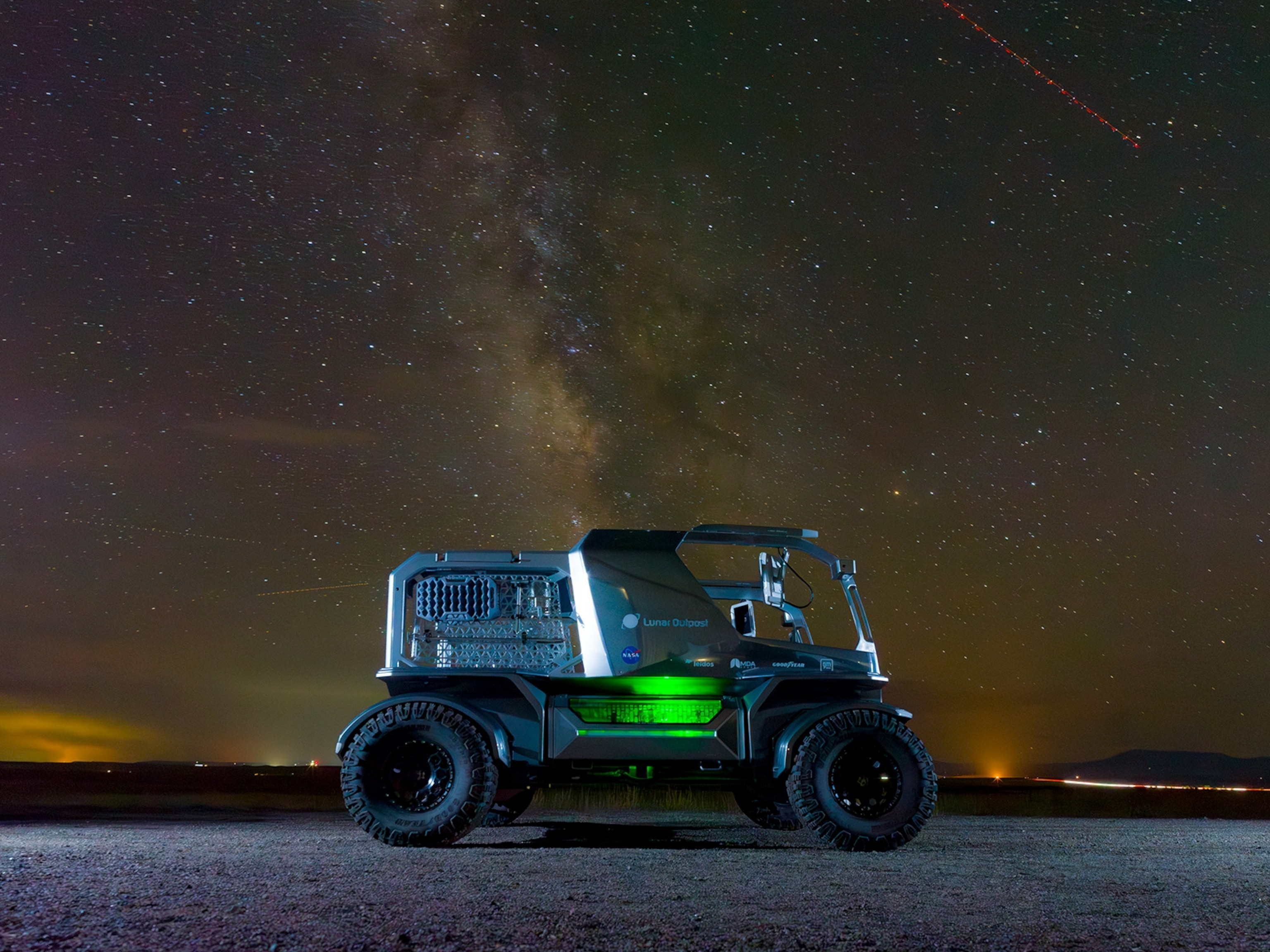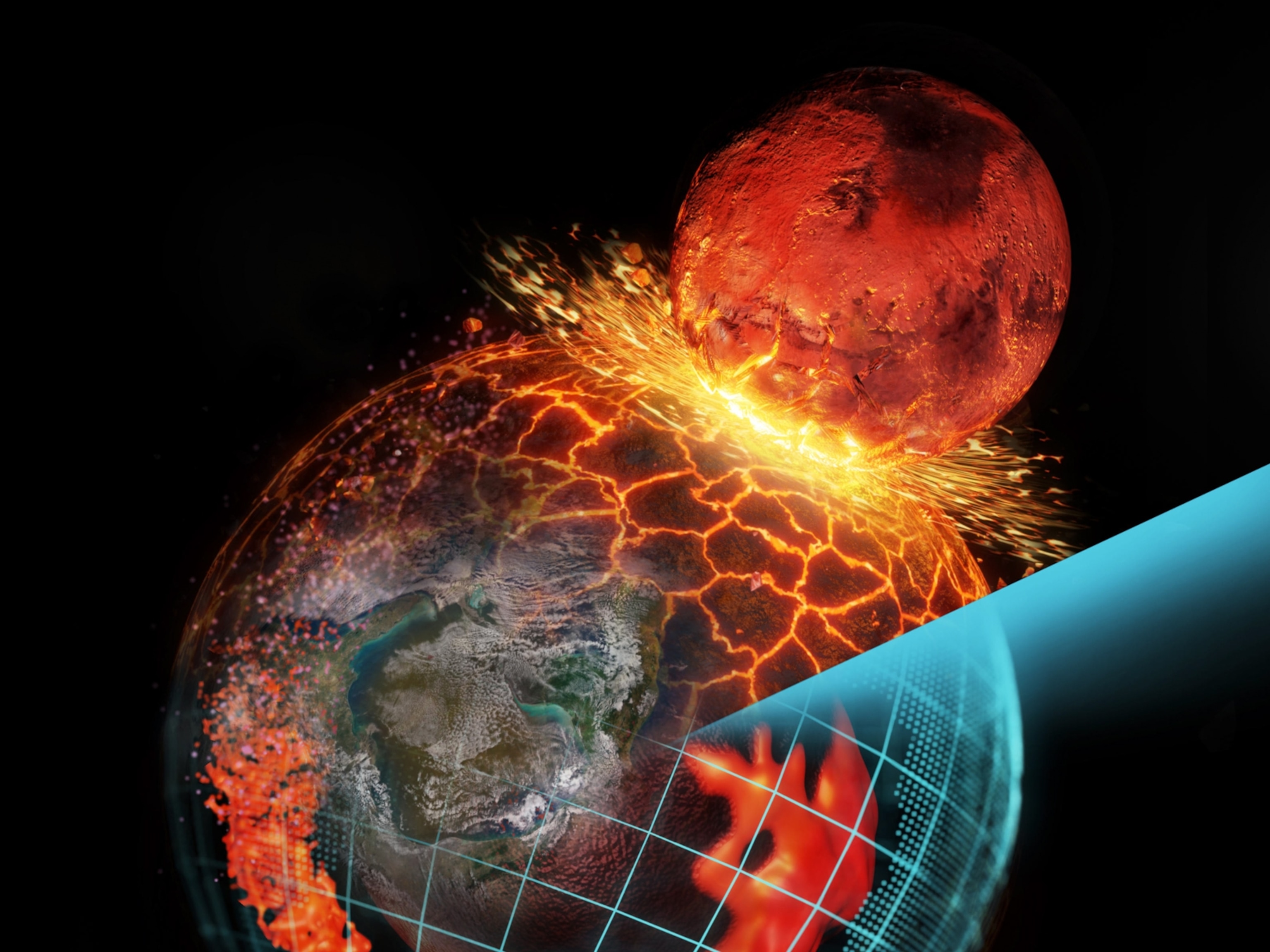
New GIF Shows Far Side of the Moon Passing by Earth
The images come from the same spacecraft that recently captured new views of the entire Earth’s surface.
While the Deep Space Climate Observatory (DSCOVR) spacecraft was keeping an eye out for solar storms, it caught a glimpse of the mysterious far side of the moon passing over the Earth’s sunlit face.
So, of course, NASA made a GIF of it.
Views of this side of the moon are uncommon. The first images came in 1959, when a Soviet spacecraft beamed a few pictures home.
Unlike the side visible from Earth, the far side doesn’t have the same large, dark swaths of basalt (a type of igneous rock) that make the moon look so patchy from Earth. Its most notable features are a patch of basalt called the Mare Moscoviense (Sea of Moscow) visible in the top left of this image, and the Tsiolkovskiy crater in the lower left.
The images in the GIF are composites of separate single-color images taken in red, green, and blue. DSCOVR was launched to monitor Earth’s atmosphere and vegetation, but it does a good job at returning notable and breathtaking photos, such as the rare shot of the whole of the Earth’s surface released earlier in the summer.
DSCOVR will begin regular observations of the Earth in September, and according to NASA’s news release, we can look forward to new photos like this one twice a year.
Follow Rachel A. Becker on Twitter.





